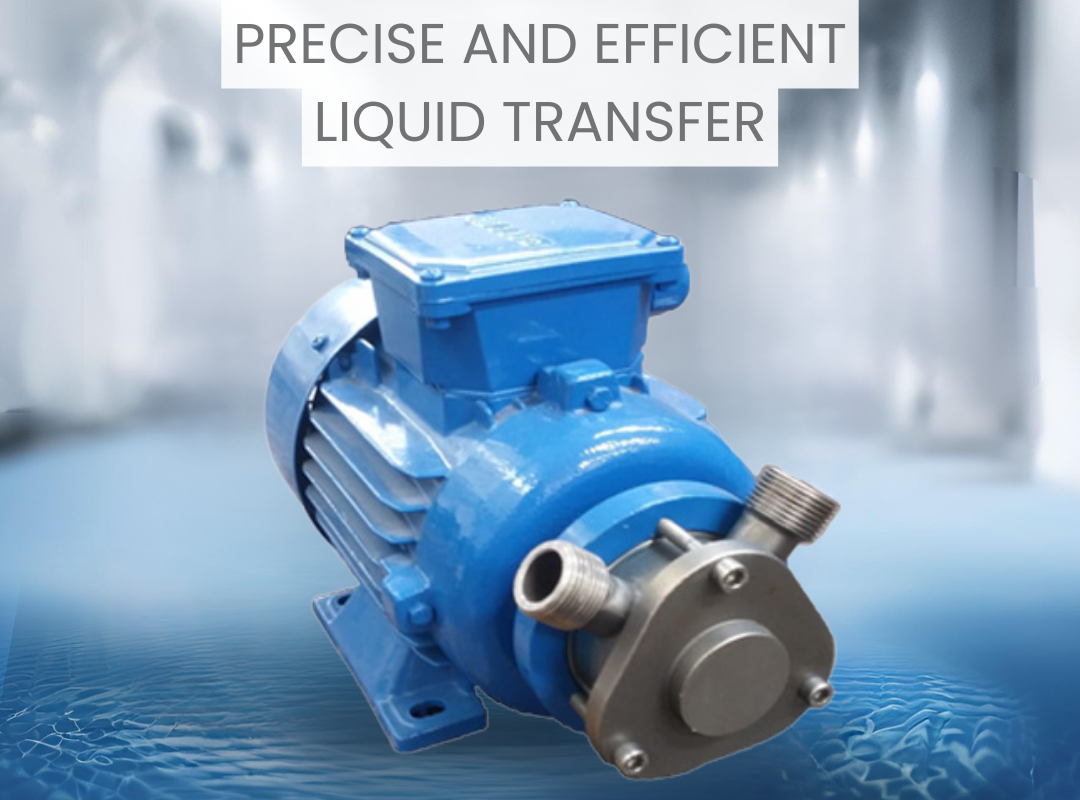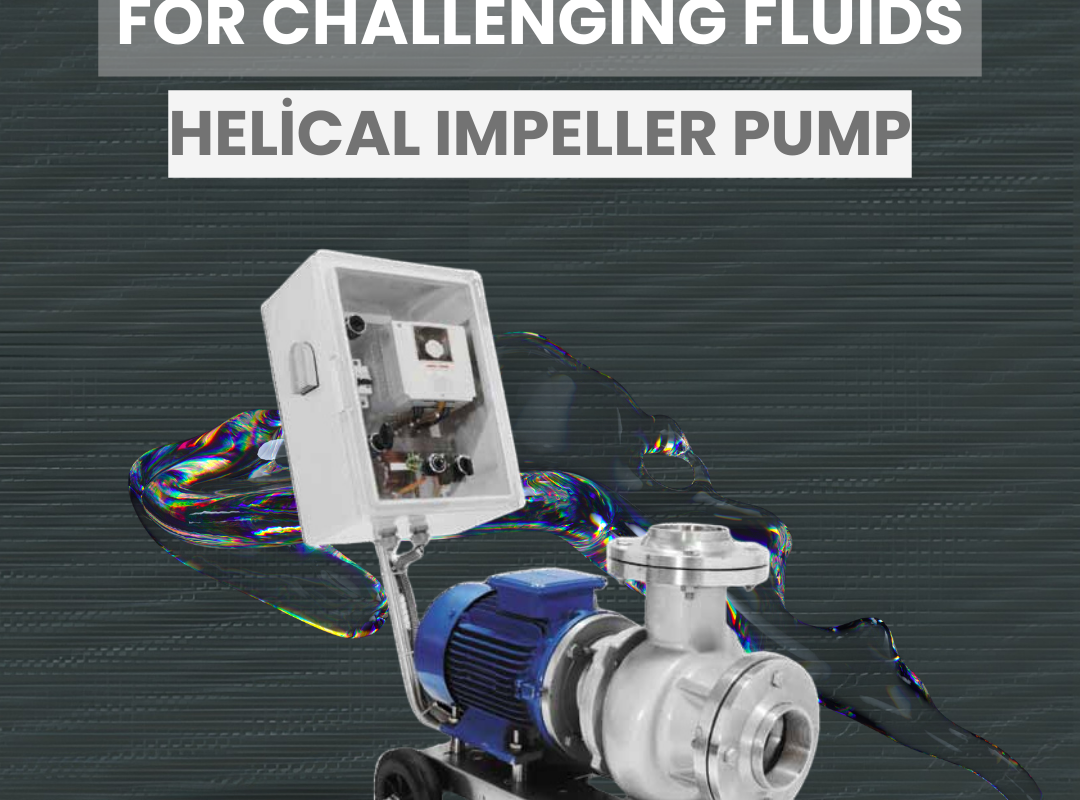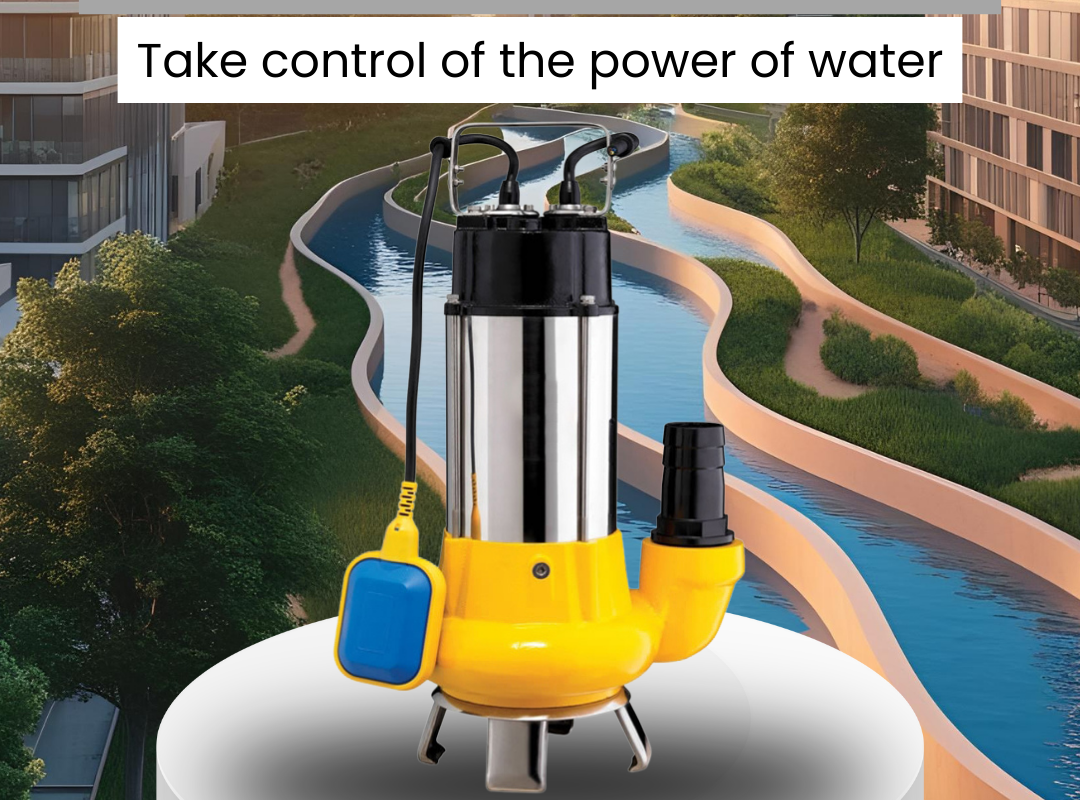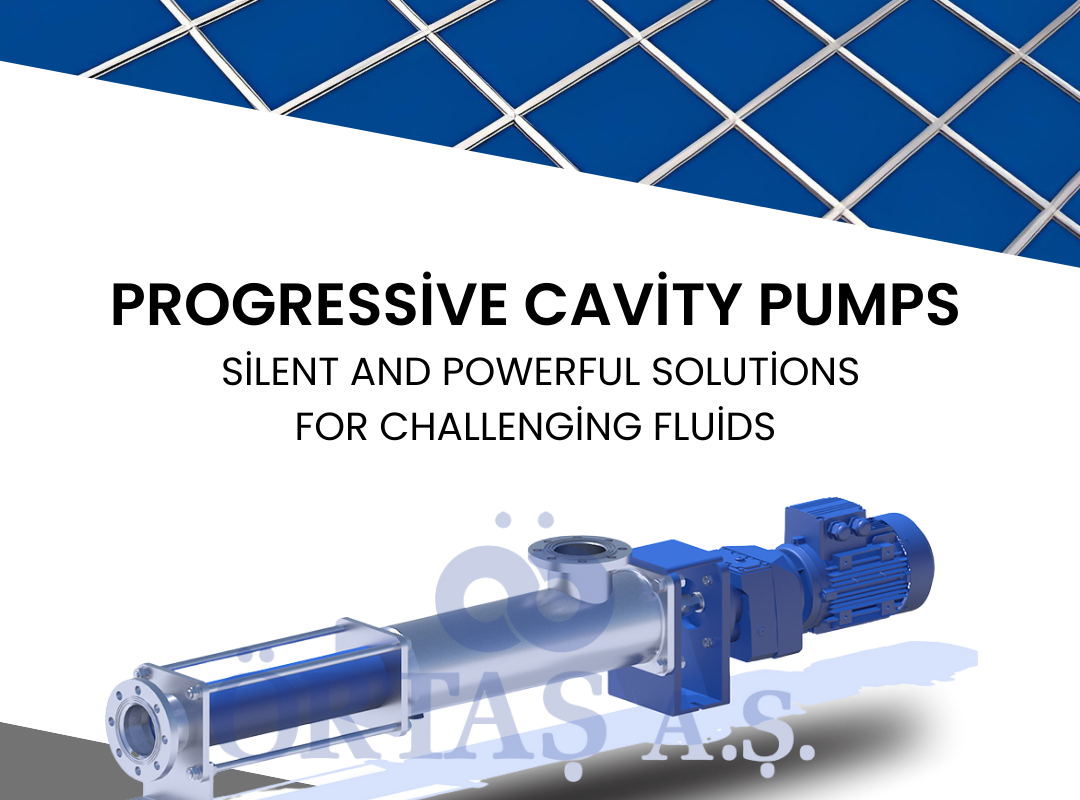Water accumulation, rising groundwater levels, heavy rainfall, and inadequate infrastructure can pose serious risks to our living and working spaces. In such situations, one of the most commonly preferred and effective solutions is drainage pumps. These systems have become essential for preventing flooding, keeping construction areas dry, and ensuring efficient operation of wastewater systems.
What Is a Drainage Pump?
A drainage pump is an electric pump designed to prevent water accumulation or to remove collected water. These pumps are typically found in basements, pits, construction sites, wells, or sewage systems. They are especially critical in low-lying areas where water needs to be effectively drained.
The system is usually installed at the location where water accumulates. When the water level rises, the pump is automatically activated and discharges the water to another location. While removing water, drainage pumps protect the building’s infrastructure, prevent dampness, and inhibit mold formation.
How Do Drainage Pumps Work?
The operating principle of drainage pumps is quite simple:
- The water level rises to a certain point.
- If the pump is equipped with a float switch, it activates the system when water reaches the preset level.
- The pump motor then draws the water and discharges it through a hose or pipe.
- Once the water level drops to the minimum threshold, the pump automatically shuts off.
This automatic system ensures energy efficiency, reduces unnecessary motor operation, and extends the lifespan of the equipment.
Types of Drainage Pumps
There are different types of drainage pumps based on usage needs and applications:
- Submersible Drainage Pumps
Fully submerged in water during operation. They are the most common and efficient type, known for their quiet operation and high performance.
Applications: Basements, water-filled pits, wells, construction sites.
- Surface Drainage Pumps
Installed close to the water surface, drawing water from above. Typically used for light-duty purposes.
Applications: Gardens, temporary drainage needs, small pools of water.
- Wastewater (Sewage) Pumps
Capable of handling wastewater with solid particles. Equipped with grinder systems to break down solids.
Applications: Septic tanks, toilet drains, industrial wastewater systems.
- Industrial Heavy-Duty Drainage Pumps
Designed for high-capacity, high-pressure, and continuous operation.
Applications: Mining, large construction sites, factory drainage systems.
Where Are Drainage Pumps Used?
Drainage pumps have a wide range of applications:
- Residential Areas: Basements, garages, water tanks, gardens—anywhere with potential for water accumulation.
- Agriculture & Livestock: For draining excess water after irrigation.
- Construction & Infrastructure Projects: To remove rainwater or groundwater during excavations.
- Industrial Facilities: For heavy-duty water removal in production environments.
- Sewer Systems: For handling septic and greywater drainage.
How to Maintain a Drainage Pump?
Regular maintenance is key to ensuring optimal performance. Here are some basic steps:
- Routine cleaning: Clean the filter and pump inlet regularly.
- Check electrical connections: Inspect cables and plugs for oxidation or wear.
- Float switch check: Ensure the float moves freely.
- Spare part tracking: Replace worn parts in a timely manner.
- Winter preparation: Empty and insulate the pump during freezing conditions to prevent damage.
Final Thoughts
Drainage pumps are indispensable tools for water management in both residential and industrial settings. A properly selected and well-maintained drainage pump helps prevent flooding, safeguarding both property and peace of mind.
If you’re dealing with water accumulation or need a reliable drainage system for your project, now is the perfect time to invest in the right drainage pump for your needs.











